
If you're like me, you love looking into the cool glass of a zoo exhibit, ant farm, fish tank, or any other animal cage. There's something almost psychological about the glass, like peering into another world.
Unfortunately, finding the right pet can be difficult for people like us, partly because it's easy to fall in love with every animal and because a lot of work goes into owning certain pets.
So, how about tropical aquarium fish? Fish seem pretty easy to take care of, and what's cooler than watching animals underwater?
Well, it turns out the truth is more complex than that, especially when it comes to tropical aquarium fish. That's not to say there aren't any tropical fish that are easy to care for, but you might want to do your research. May I suggest starting below, where we have arranged a list of different tropical aquarium fish that don't require too much care?
Betta Fish

Betta fish, formerly called "Siamese Fighting Fish," (For those interested in random facts, like me, the country once called Siam by Europeans is now known as Thailand,) is a warm water fish from Southeast Asia.
Bettas get kind of a bad rap for being overly aggressive, the junkyard dog of tropical aquarium fish, but this isn't totally true. Betta aggression is more common in males and is primarily sexual. Basically, if it's not another male Betta who might compete against it for mates, they'll probably leave it alone.
The only real exception to this rule is any fish that tries to bite at its long, colorful fins, which some fish do, so be careful who you house a Betta with.
Swordtails
Another tropical aquarium fish known for traveling in schools, swordtails are largely plant-eaters, though they can eat meat.
Swordtails are known by the long, pointed silver streak at the bottom of their tail. They have also been known to eat algae, although you should definitely still feed them.
Swordtails are also reasonably adaptable, surviving in cooler or warmer water, although the best temperature for them is mid-twenties celsius.
Guppies
Guppies are school fish known for their colorful tails. They can eat various fish foods and can even survive for a week without food.
In guppies, the males can be distinguished from the females by the size and color of the tail. Males generally have much larger, more colorful tails but are smaller than females.
It's essential to know the difference because guppies breed a lot. A female guppy can have up to 60 babies in just one litter, and they're born alive. In fish, giving birth to live young is known as free-swimming.
Most baby guppies won't survive long if you don't take special care of them. They're really tiny, so a lot of other tropical aquarium fish tend to eat them.
Platies
Aside from having one of the most adorable names ever, platies are also very easy to take care of. They will eat most kinds of fish food and any algae they find in the tank.
Platies have a history of human interaction, mainly particular breeding, which means they come in a wide variety of colors, so a small school of platies can turn your fish tank into a veritable disco.
That being said, platies are also free-swimmers, so you may want to keep only males or females.
White Cloud Mountain Minnows
Native to China and Southeast Asia, the White Cloud Mountain Minnow is a species that is nearly extinct in the wild, though efforts are being made to reintroduce captive minnows to their natural habitat.
This species will eat just about any kind of fish food and get along with most smaller fish. Some may try to sway you to put them with goldfish, but goldfish have been known to eat them.
White Cloud Mountain Minnows differ from most of the other species on this list in that they are cold-water fish, preferring temperatures no higher than 22 degrees celsius.
In theory, you could mix warm and cold water fish at a temperature that falls somewhere in the range of both fish's ideal temperatures, and this would indeed be interesting. Still, it would probably require a lot of maintenance and might not be worth it overall.
GoldFish

Naturally, we had to include the classic first-time fish on this list.
Goldfish are cold-water fish, ultimately preferring temperatures 18-24 degrees celsius
The biggest tip for keeping these fish is to regularly replace about a tenth of the water and try to make sure there's no chlorine in it.
Also, keep them in a bigger tank. Tank size counts a lot for fish, and most of the fish on this list fall between 40-60 L aquariums, though plecos and goldfish can require 150 litres or more.
I mention this for goldfish precisely because, between kids' shows and county fairs, we're often presented with the idea of goldfish being fine in a smile space. This is not ideal. Goldfish need a decently large tank so that the water does not get overly dirty.
Starting an aqua one fish tank can be pretty taxing, especially if you don't know what fish to put in. Some fish are a lot harder to take care of than others, so this is an important choice.
The ideal fish is easy to feed and easy for other fish to get along with. It also adapts pretty well to a range of environments.
Some of the best fish that meet these conditions are bettas, kuhli loaches, danios, tetras, swordtails, guppies, platies, white cloud mountain minnows, and various types of catfish and goldfish.
A lot of the details of your first tank come down to what you want out of it. Is beauty its primary purpose? Education? Entertainment?
Do you get joy out of watching your tropical aquarium fish just be fish? Don't worry. It’s not weird—plan according to your purpose.
If you want any more advice on tropical aquarium fish and aquariums in general, such as design ideas, or just advice on what plants to put in the tank, we're happy to help atThe Fish Room Perhaps you want to go a little more exotic and set up a saltwater aquarium. Whatever your aquarium needs, you can find ithere.

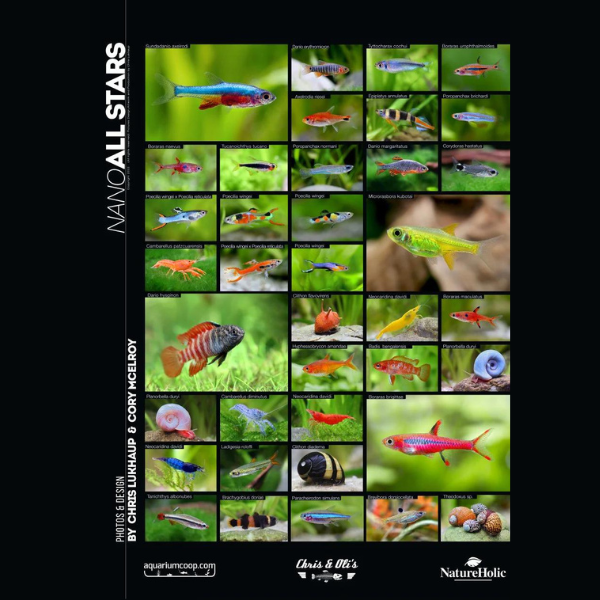
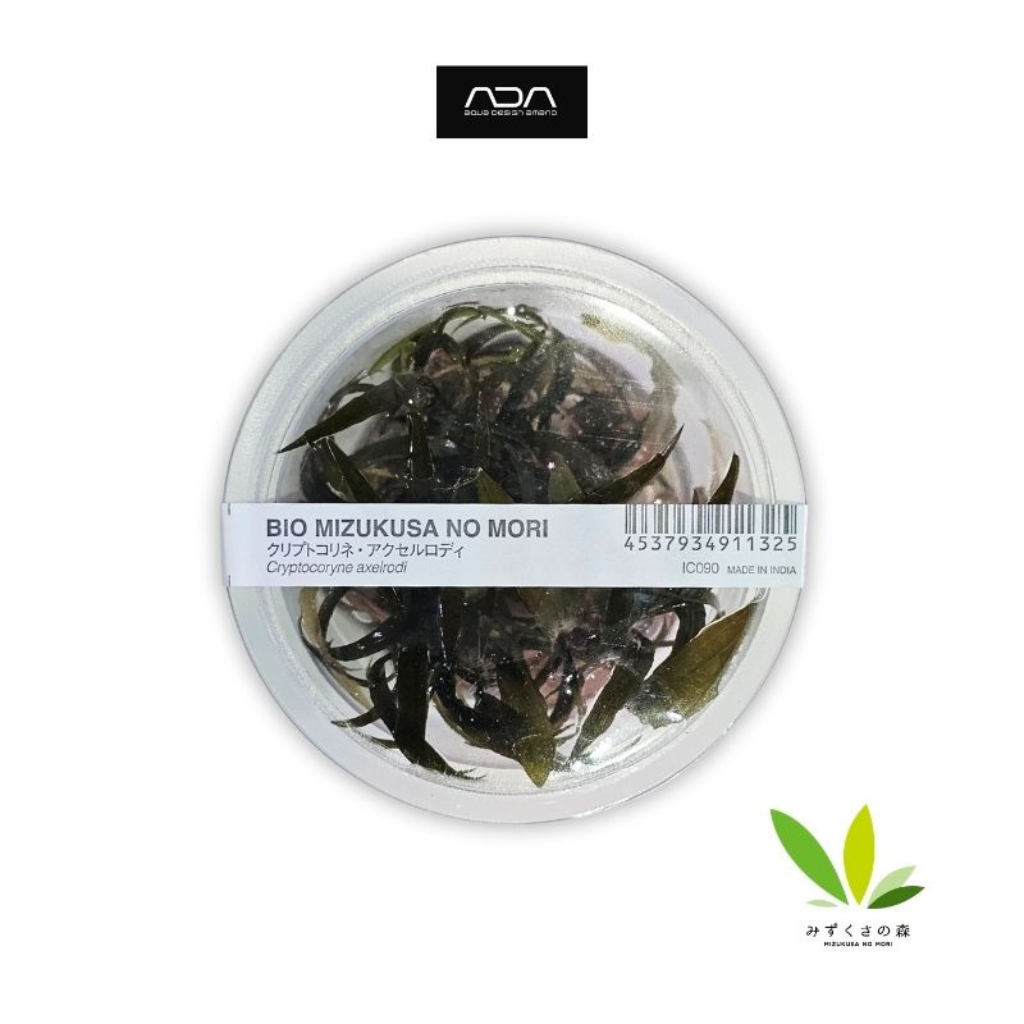
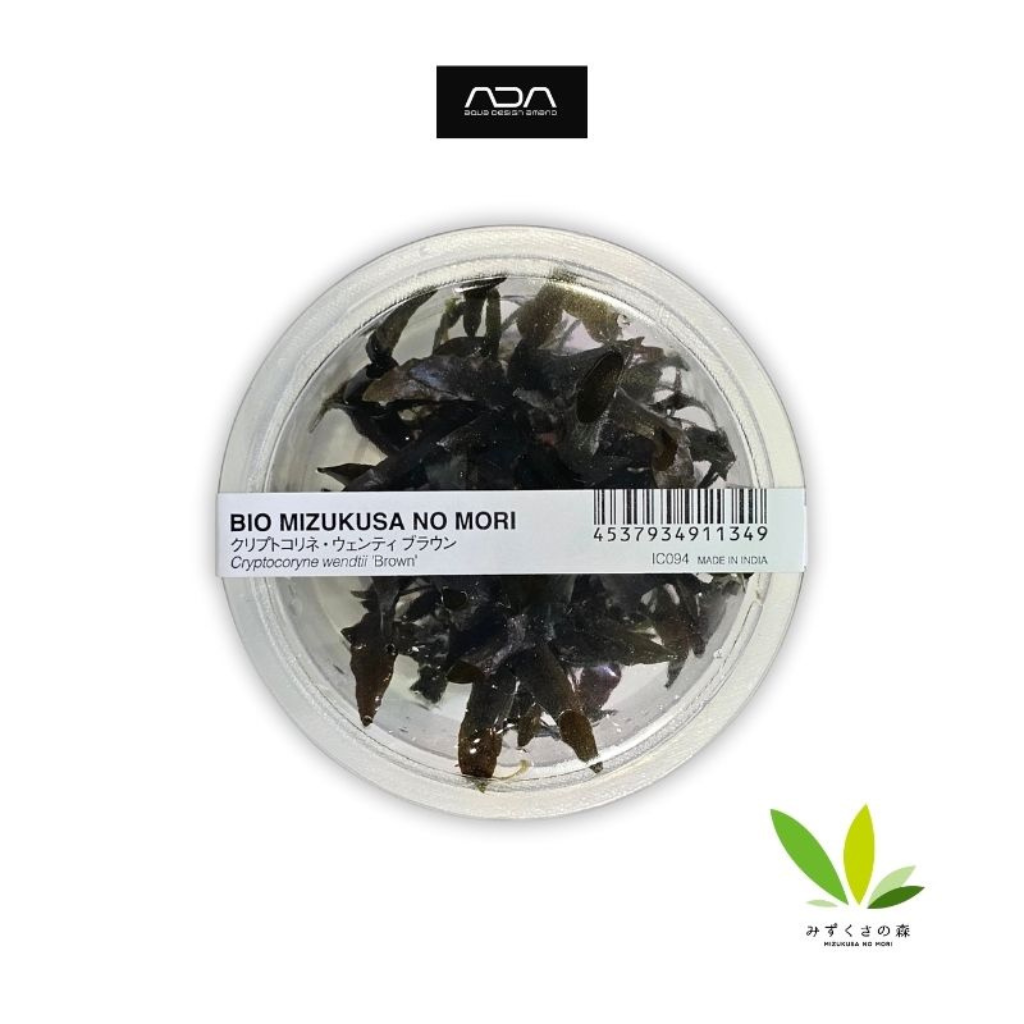
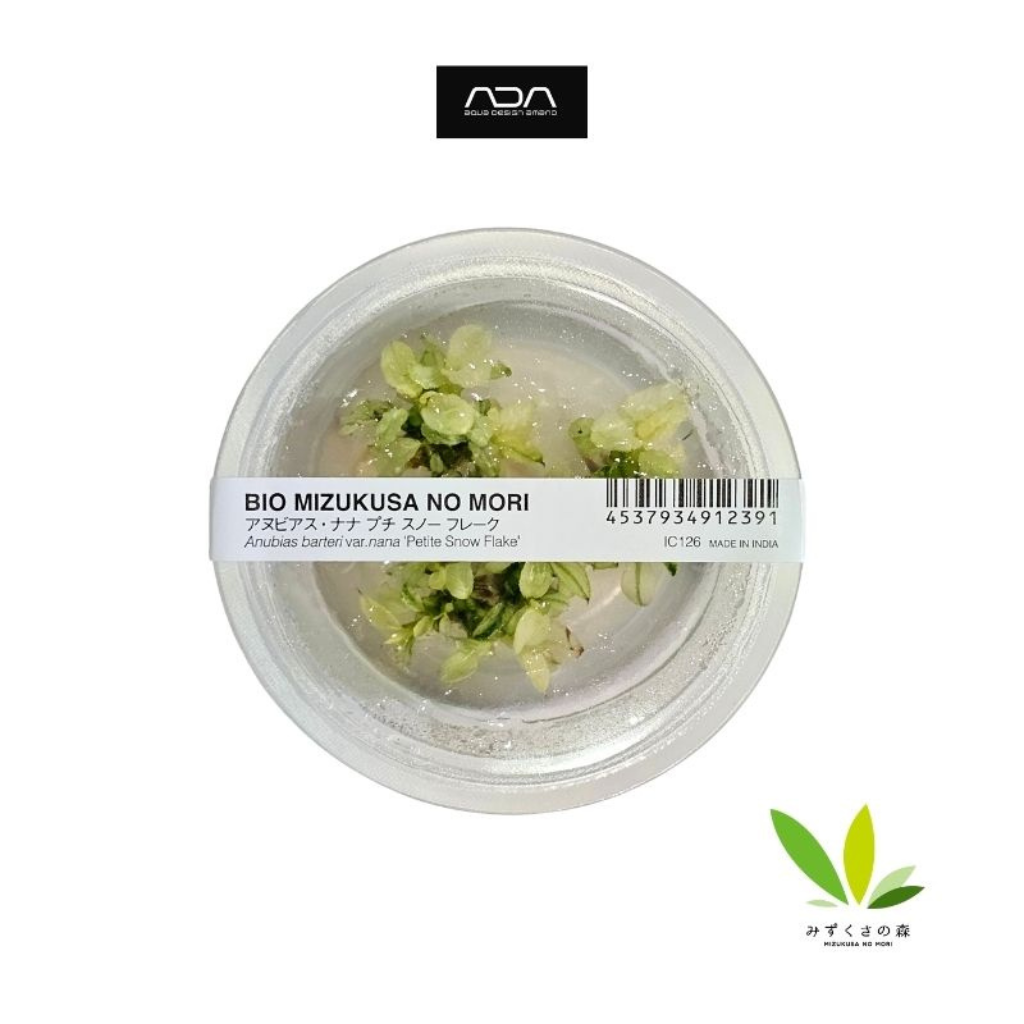

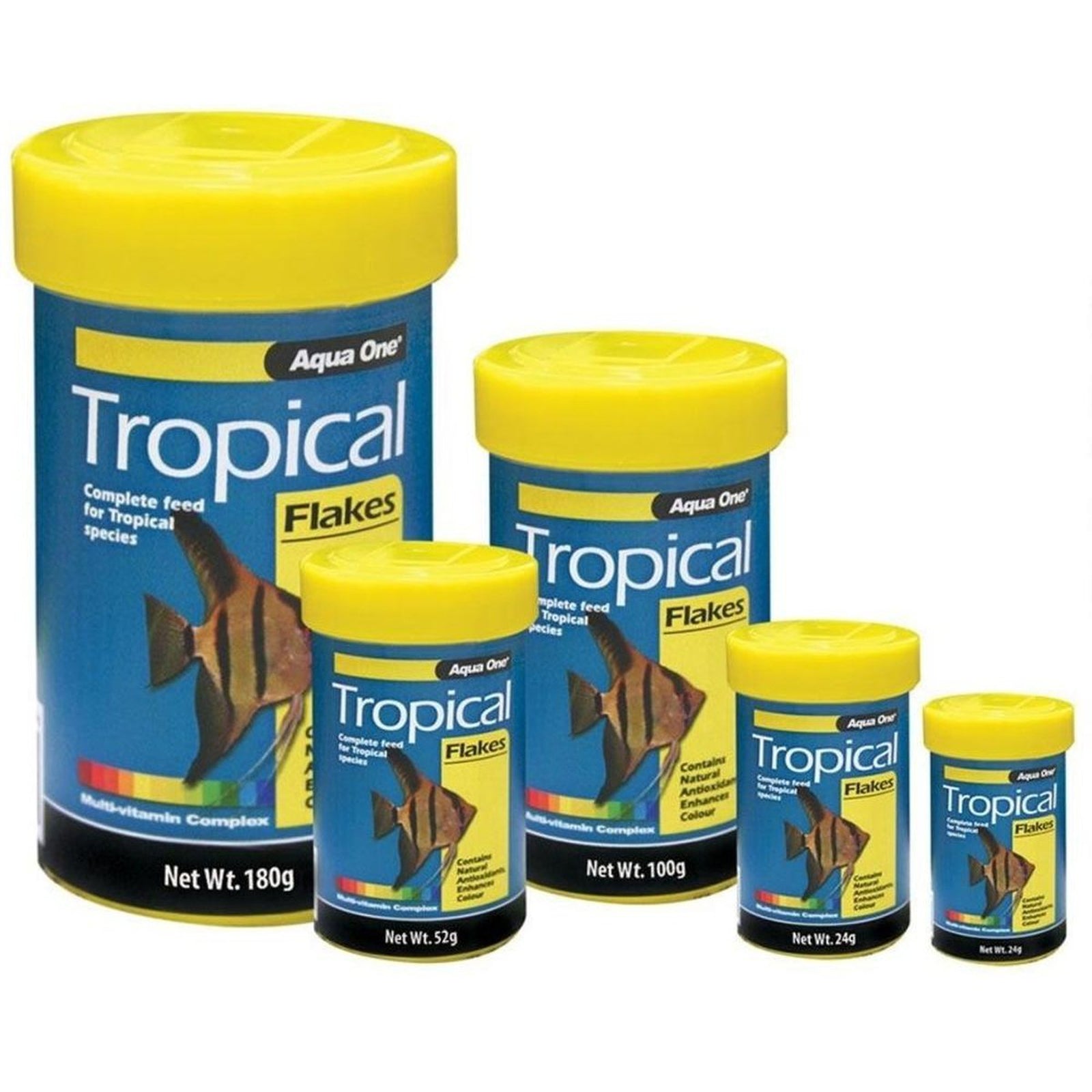
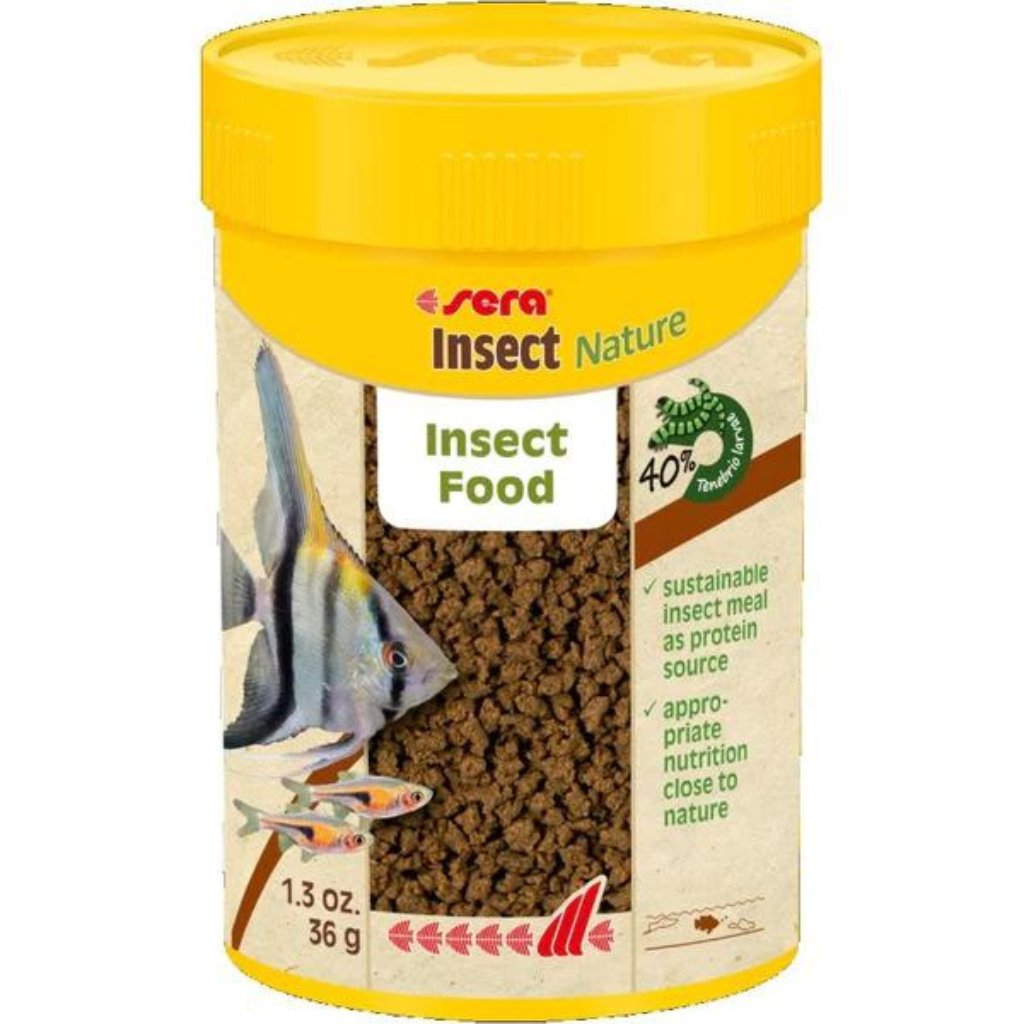






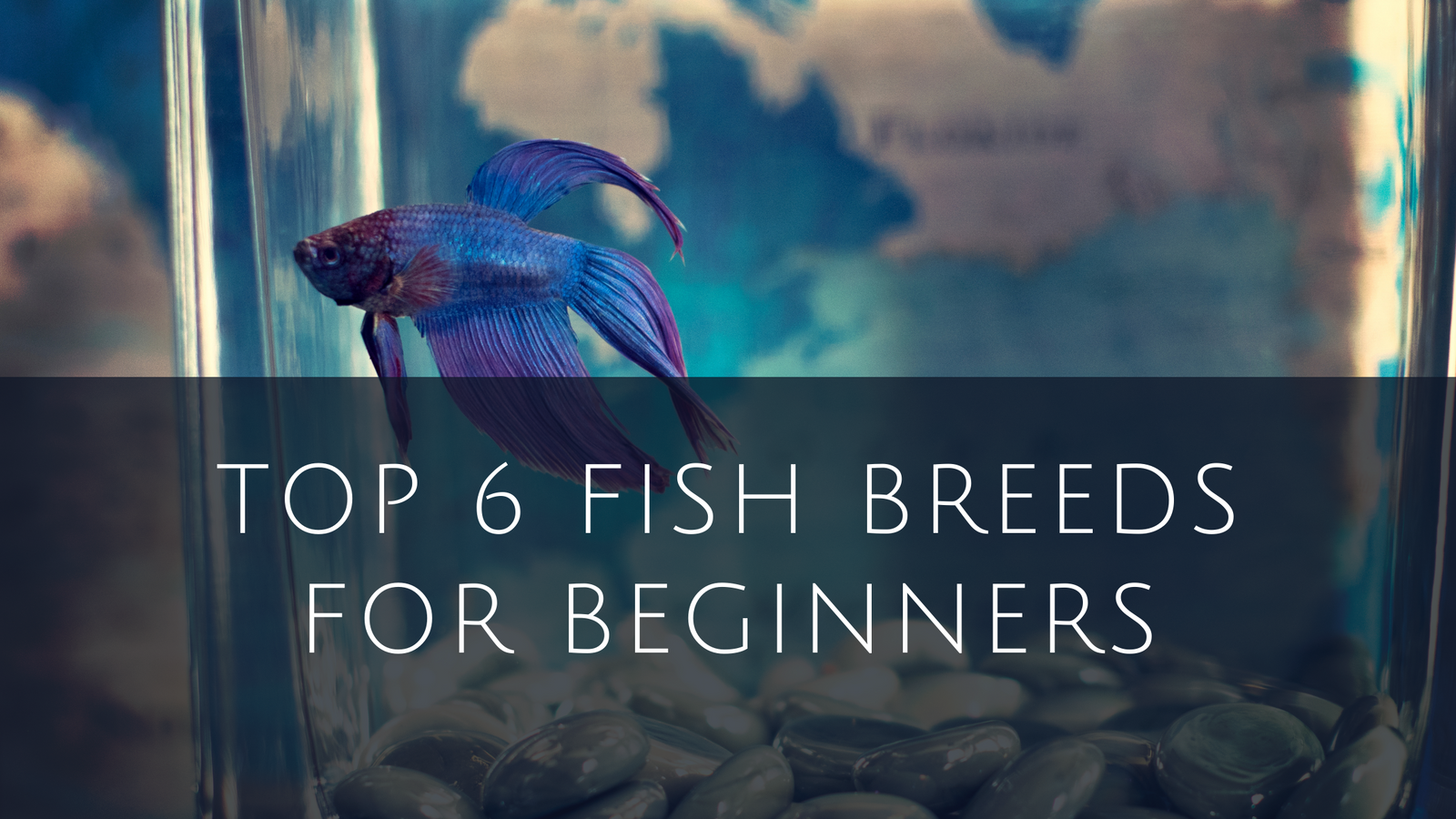
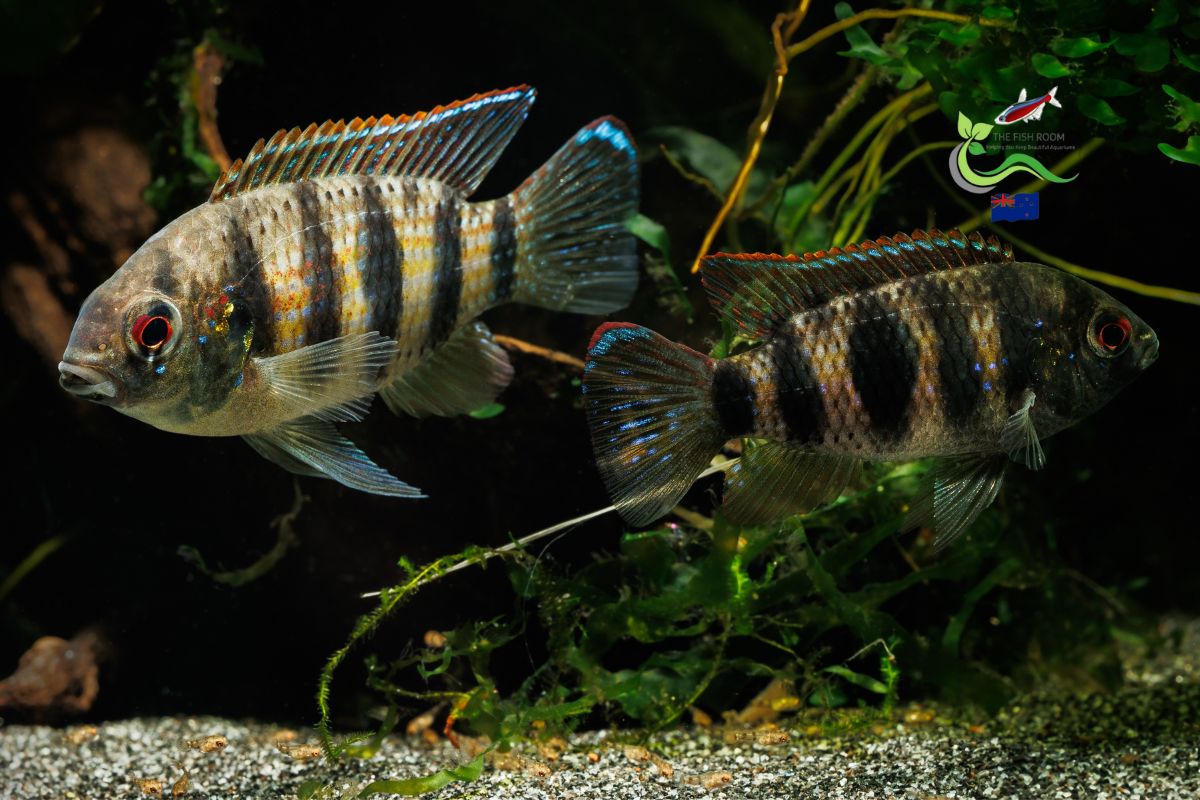
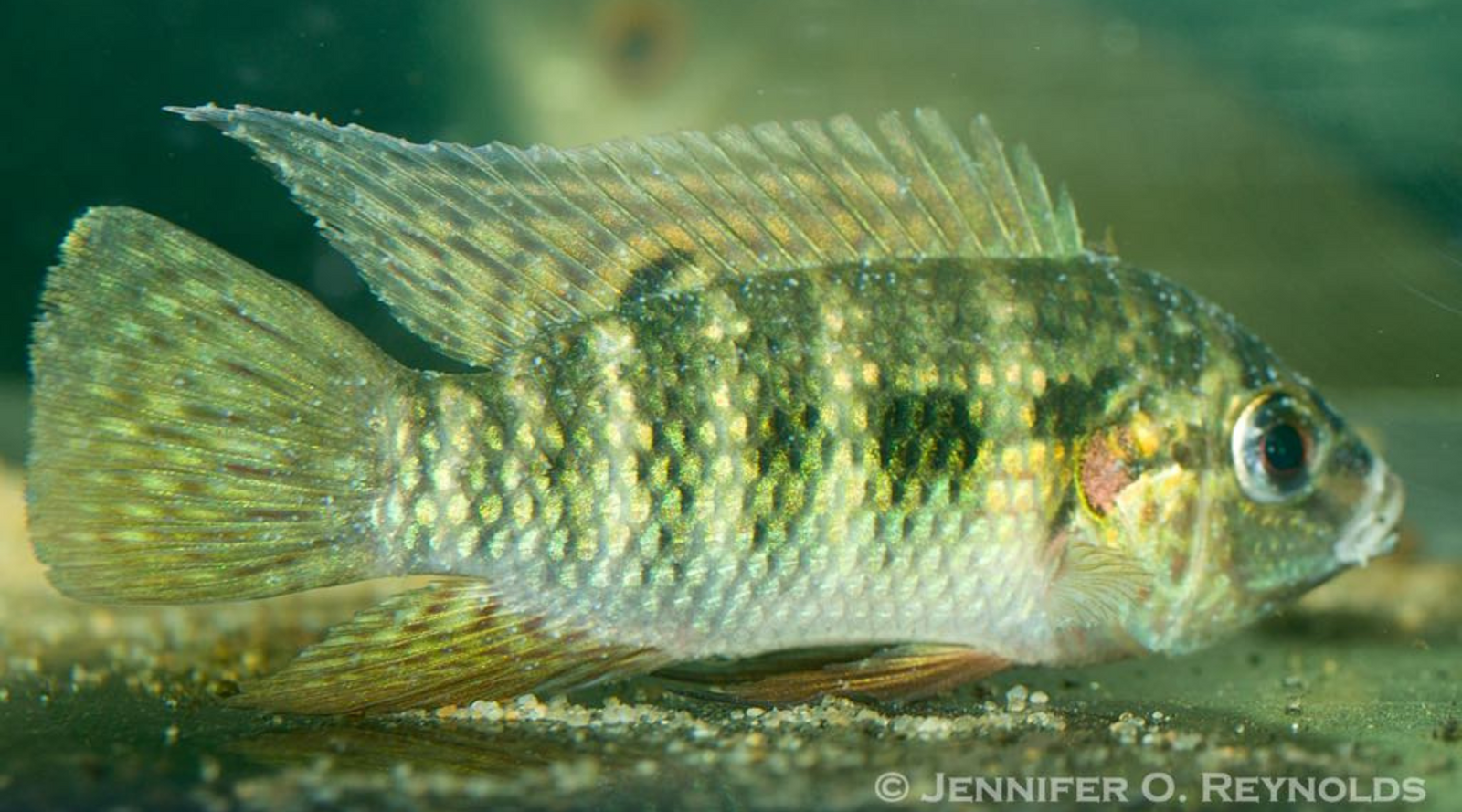
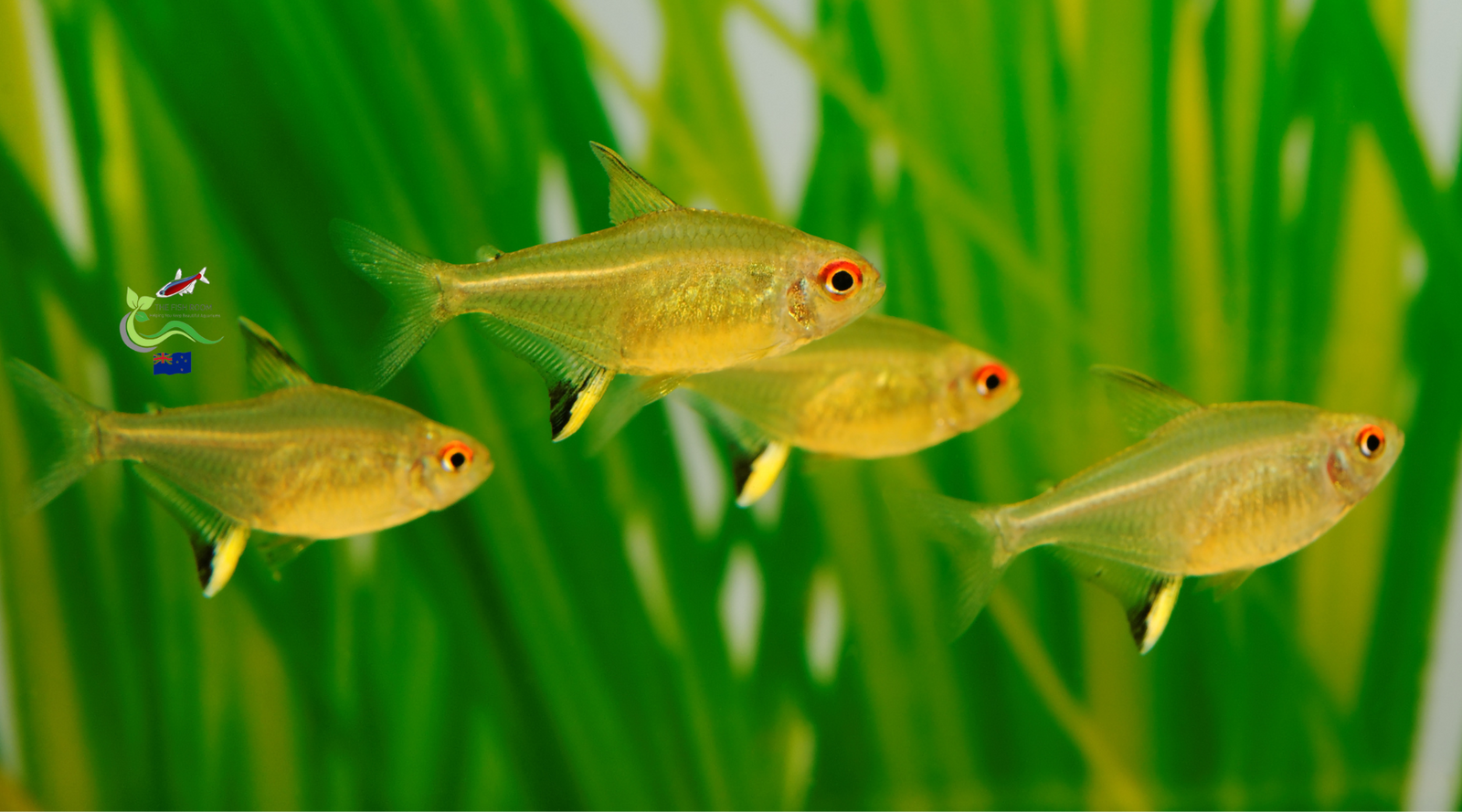
Carrol Riberts
October 31, 2024
I am thinking about setting up a 20 gallon long in the future. Will
probably need some advice along the way. Just really get so involved in the fish and will probably need advice when the time comes.